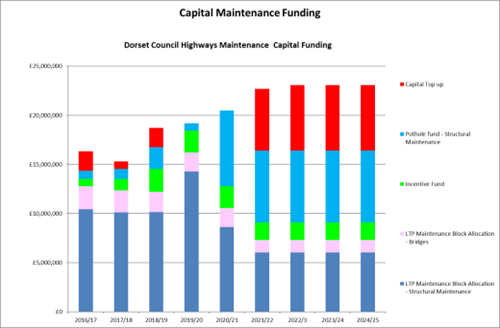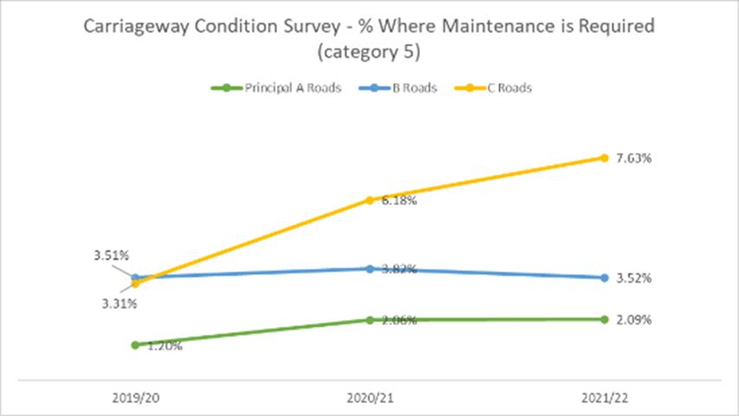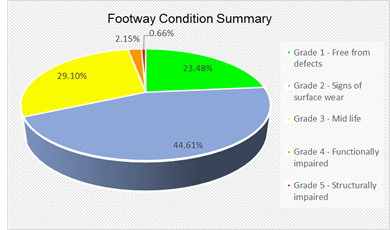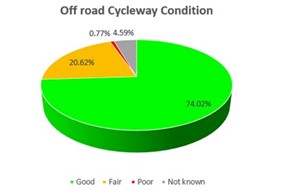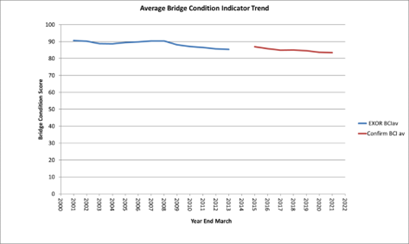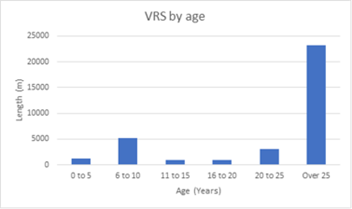Overview
The policy covers the following
Dorset Council has developed a Highways asset management policy and strategy aligned to priorities set out in the Dorset Council Plan. The authority has committed to a Climate and Ecological Emergency Strategy, as well as other key priorities that include keeping people safe on our highway network, and promoting economic growth. Other priorities include promoting strong and healthy communities, housing and protecting our unique environment.
The policy affects the following people or groups:
- highway users including cyclists, walkers, public transport users
- Highway and transport board
- Greenspace team
Author
Jack Wiltshire, Head of Highways
The policy relates to the following laws:
- Section 41 of the Highways Act 1980
The policy relates to the following Council strategies and policies
- Climate and Ecological Emergency Strategy
- Local transport plan
- Local plan
- Skid policy
Impact assessments
Equalities
The EQIA form has been signed off and approved.
It was agreed that there would be neutral impact against all protected characteristics groups, with an acknowledgement that there could be potential for those groups, including rural isolation and people with caring responsibilities, to be impacted upon by highway strategies.
Though at this stage there is no clear change to strategy that would suggest there would be any negative impact.
Financial
The proposals in this document link to annual capital investment from the Department for Transport Maintenance Block capital funding, Incentive Fund and Pothole Fund.
There are recommendations that link to a five year commitment to an additional corporate capital top up equating to £6.7million per year, which is included in the 2022/23 budget approved by Full Council.
This increased capital investment is expected to reduce future reactive, highway maintenance activities.
Climate
The Highways asset management policy and strategy documents show how we are tackling climate issues, both in terms of reducing carbon use, and managing the effects the changes to our climate is having on highway network resilience.
This includes supporting active travel, showing our move to low carbon systems, and demonstrating the hierarchy for treatment starts with low carbon responses.
The strategy also considers future investment required to manage the impacts of climate change effectively
Risk
Having considered the risks associated with this decision, the level of risk has been identified as:
- current Risk: Medium
- residual Risk: Medium
Wellbeing and health
The HAMP demonstrates how our Highways Service strategy is aligned to, and supports, all of the key priorities documented in the Dorset Council Plan, including safety and wellbeing. This is achieved by implementing a risk based approach to management of our highway assets.
This includes strategies that will promote active travel, leading to improved physical and mental wellbeing, and reduce pollution to improve air quality
Status and approvals
Cabinet approved the strategy in March 2022

